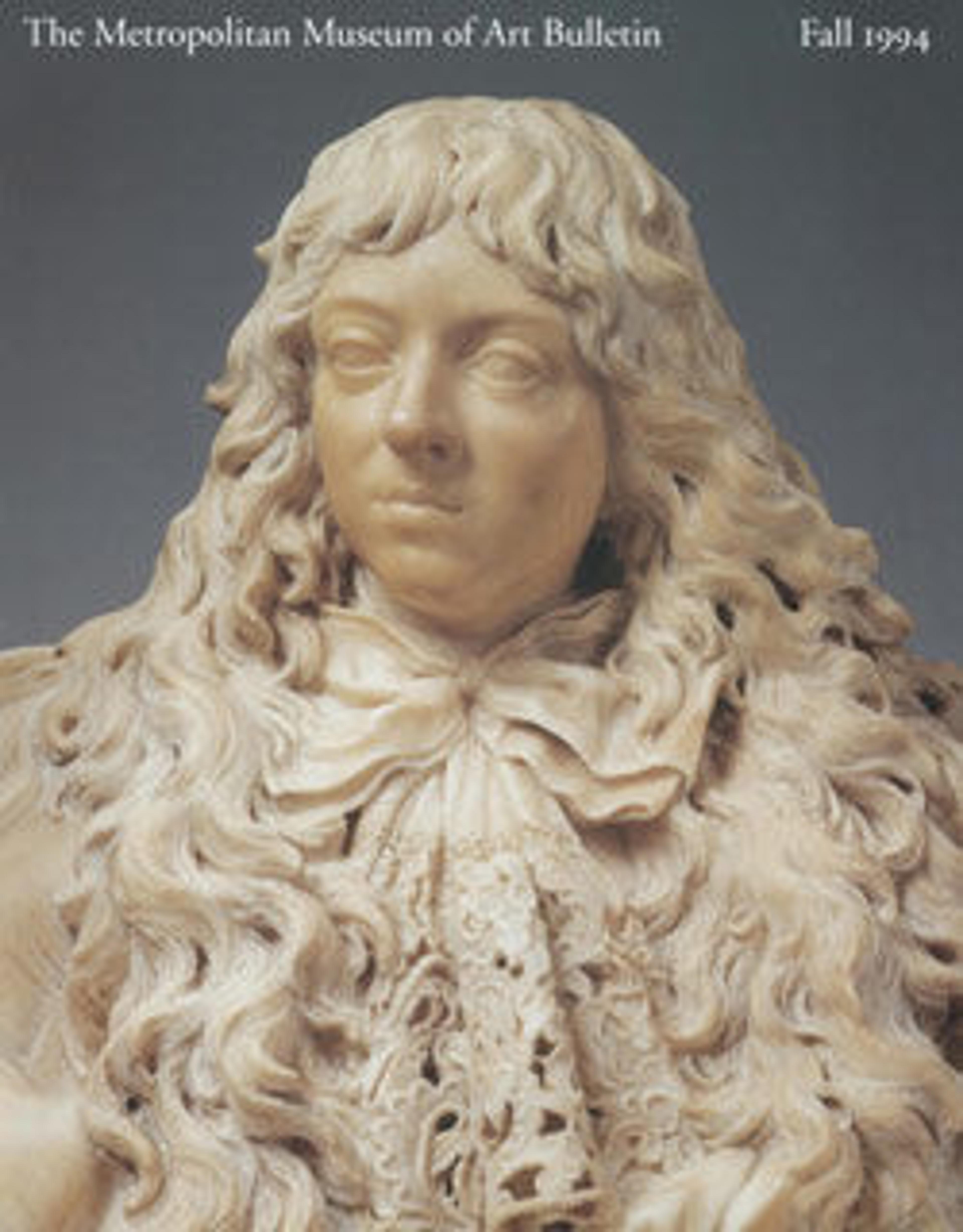Jibba (tunic)
Members of the Islamic Mahdi communities of the Sudan wore striking tunics such as this during the late nineteenth century. Tailored from handspun cotton, this garment was assembled in strips approximately 14 inches in width. Its long sleeves and flared skirt feature large quilted rectangular patches of industrial cotton. The bold appliqué passages also include a number of wool patches in a variety of shapes. These include one that accentuates the contour of the neckline, rectangles under either arm, and a scrolled pocket-patch on the chest. These carefully composed additions allude to the virtues of poverty and humility espoused by the Mahdists. The entire tunic is accented with fine embroidery outlining the neck and sleeves, and embellishing the breast pocket and side patches.
Such tunics were worn by officers of the Islamic Mahdist army during the 1881–98 struggle against the British presence in the Sudan region. The high visibility of the tunics served a practical purpose in that leaders could easily be distinguished on the battlefield. The uprising was led by Muhammad Ahmad, a devout Muslim and faqir, or holy man. Muhammad Ahmad adopted the title of al-Mahdi ("the Divinely Inspired One") following the revelation that he had been chosen to lead a holy war against Sudan's Egyptian ruling class and their British supporters. The Mahdi and his followers advocated a return to a more Islamic state. In the four years before the Mahdi died of typhus in 1885, he led his people to reclaim nearly all the territory formerly occupied by the Egyptians. By 1898, under his successor, the Sudan had been liberated from foreign rule.
Such tunics were worn by officers of the Islamic Mahdist army during the 1881–98 struggle against the British presence in the Sudan region. The high visibility of the tunics served a practical purpose in that leaders could easily be distinguished on the battlefield. The uprising was led by Muhammad Ahmad, a devout Muslim and faqir, or holy man. Muhammad Ahmad adopted the title of al-Mahdi ("the Divinely Inspired One") following the revelation that he had been chosen to lead a holy war against Sudan's Egyptian ruling class and their British supporters. The Mahdi and his followers advocated a return to a more Islamic state. In the four years before the Mahdi died of typhus in 1885, he led his people to reclaim nearly all the territory formerly occupied by the Egyptians. By 1898, under his successor, the Sudan had been liberated from foreign rule.
Artwork Details
- Title: Jibba (tunic)
- Artist: Mahdist artist
- Date: 1881–98
- Geography: Sudan
- Culture: Mahdist peoples
- Medium: Cotton, wool, dye
- Dimensions: W. 56 x L. 41 1/4 in. (142.2 x 104.8 cm)
- Classification: Textiles-Woven
- Credit Line: Rogers Fund, 1993
- Object Number: 1993.370
- Curatorial Department: The Michael C. Rockefeller Wing
More Artwork
Research Resources
The Met provides unparalleled resources for research and welcomes an international community of students and scholars. The Met's Open Access API is where creators and researchers can connect to the The Met collection. Open Access data and public domain images are available for unrestricted commercial and noncommercial use without permission or fee.
To request images under copyright and other restrictions, please use this Image Request form.
Feedback
We continue to research and examine historical and cultural context for objects in The Met collection. If you have comments or questions about this object record, please complete and submit this form. The Museum looks forward to receiving your comments.
